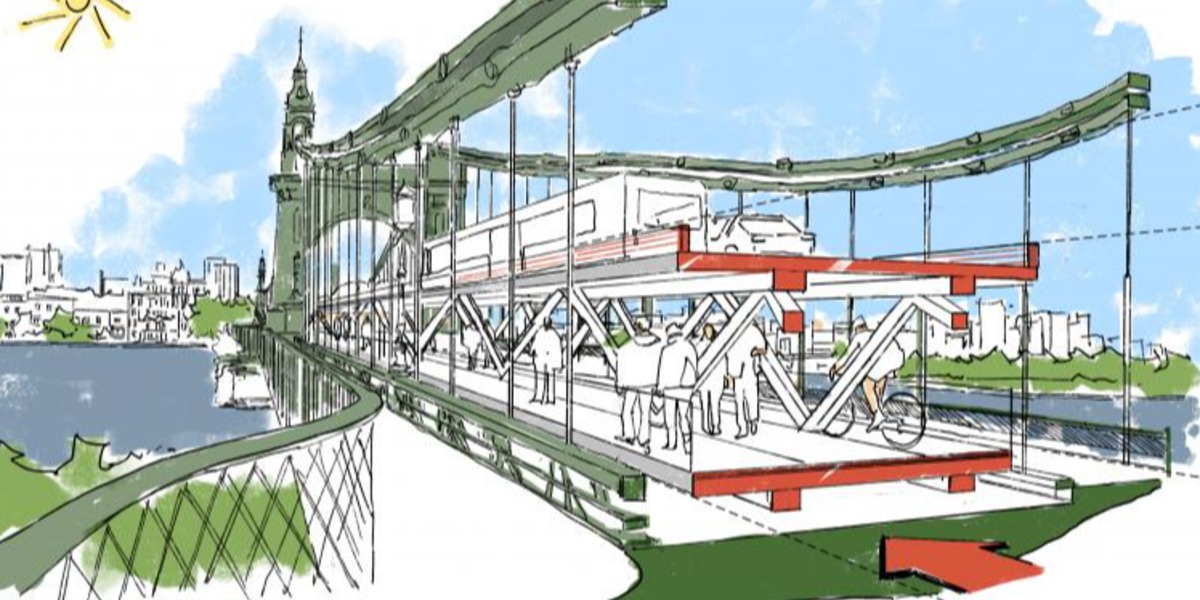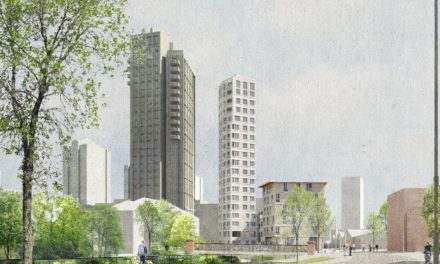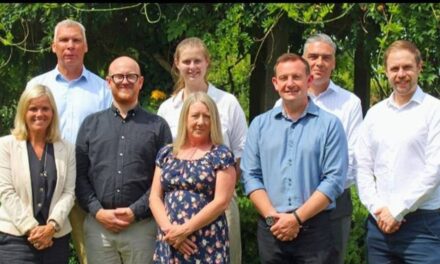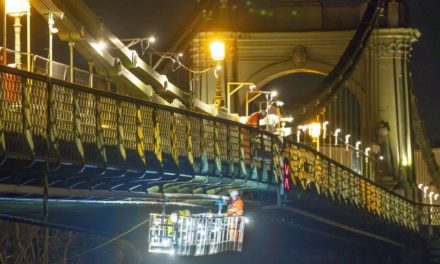Hammersmith & Fulham Council, Sir John Ritblat from Delancey, and world leading architects and engineers Foster + Partners have unveiled a radical new plan to build a temporary double-decker crossing within the existing structure of Hammersmith Bridge that has been closed fully on safety grounds since 13 August.
Under the proposal, pedestrians, cyclists and, potentially, motor vehicles could be using the bridge, with river traffic passing underneath, within a year of a contractor being appointed – much sooner than the previous plan. A new raised truss structure would be built above the existing road deck featuring a lower level for pedestrians and cyclists and an upper level for cars and buses.
H&F Leader Cllr Stephen Cowan yesterday (25 November) outlined details of the proposed plan to Transport Secretary Grant Shapps and urged the government to give it full consideration.
Sir John Ritblat approached Foster + Partners to develop an alternative plan for the bridge after Stephen Cowan asked for Sir John’s assistance following the bridge’s closure in August.
The concept plan designed by Foster + Partners and further developed with specialist bridge engineers COWI, will be presented to the Department of Transport officials in late 2020. Initial estimates suggest the temporary crossing would allow the strengthening and stabilisation works to the 133-year-old heritage bridge to be completed at a cost lower than the current £141million estimate.
The raised deck would enable existing approach routes for traffic to be used, causing minimum disruption for residents on both banks of the river. The structure will also provide support for the bridge as well as a safe platform for restoration work to be carried out.
There would be no load added to the existing bridge deck which would be removed in stages for repair. Contractors would use the new lower pedestrian deck to access the works. When completed, the temporary raised deck would be removed.
Elements of the Grade II* listed bridge that need repair, including pedestals, anchors and chains, would be lifted away using the temporary bridge and transported by barges to an off-site facility for safe repair and restoration.
By repairing the bridge off-site, the huge task of restoration can be done at greater speed, to a higher level, and at significantly reduced cost. It would also minimise noise, environmental impact, and onsite activity, as well as reducing the all-important carbon footprint of the works.
Historic England approval would need to be sought for this scheme which enables the bridge to be restored to its original Victorian splendour with fewer constraints.
© London West (powered by ukpropertyforums.com).
Sign up to receive your free monthly London West newsletter here.













